Chemical Properties of Tungsten Wire for Glass Heating
- Details
- Category: Tungsten Information
- Published on Wednesday, 25 June 2025 18:22
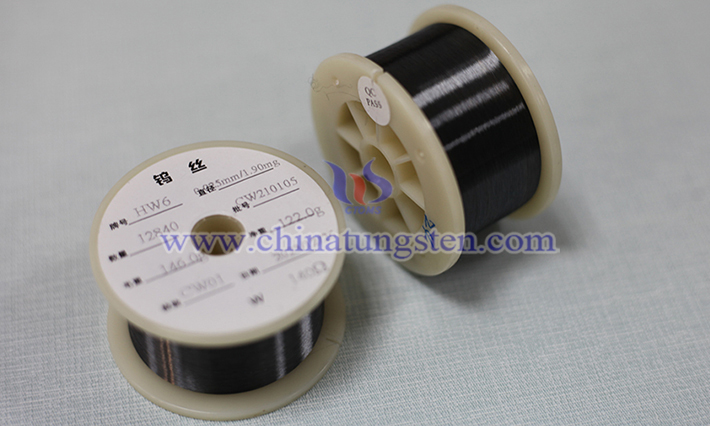
Tungsten wire is an ideal choice for glass heating elements (such as incandescent lamps, halogen lamps, vacuum tube heaters, etc.) due to its extremely high melting point (3422℃) and mechanical strength at high temperatures. Understanding its chemical properties is essential to ensure its stability and life in a specific environment.
Advantages of Tungsten Wire in Glass Heating
- Details
- Category: Tungsten Information
- Published on Wednesday, 25 June 2025 18:20
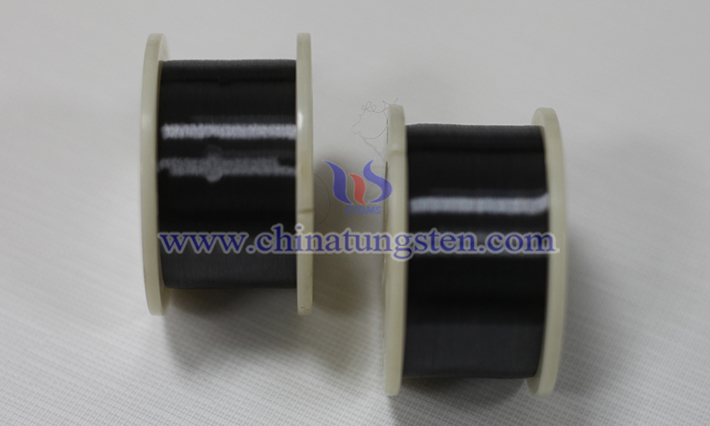
As a high-performance heating material, tungsten wire shows excellent advantages in the heating process of glass processing. Its unique physical and chemical properties make it an ideal choice for high-temperature processes such as glass melting, forming, and annealing. The following is an introduction to the application advantages of tungsten wire in glass heating:
YW-Class Tungsten Carbide
- Details
- Category: Tungsten Information
- Published on Friday, 20 June 2025 17:02
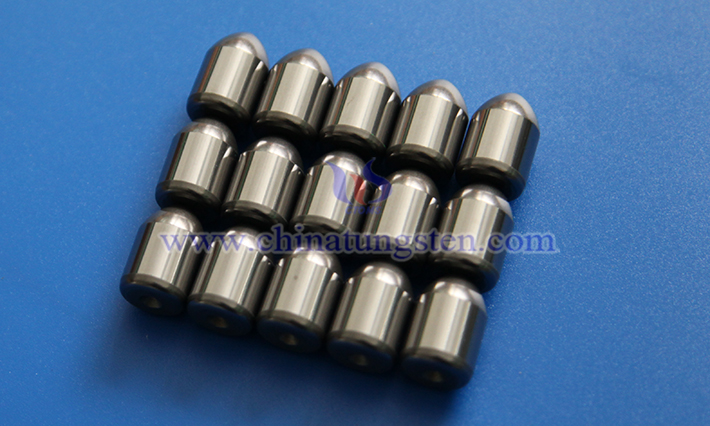
Similar to tungsten-cobalt and tungsten-titanium-cobalt alloys, tungsten-titanium-tantalum (niobium)-cobalt alloys are widely used hard alloys. Due to their excellent physicochemical properties and strong versatility, they are also known as universal hard alloys or all-purpose hard alloys.
Advantages of Tungsten Wire for Glass Heating
- Details
- Category: Tungsten Information
- Published on Friday, 20 June 2025 15:45
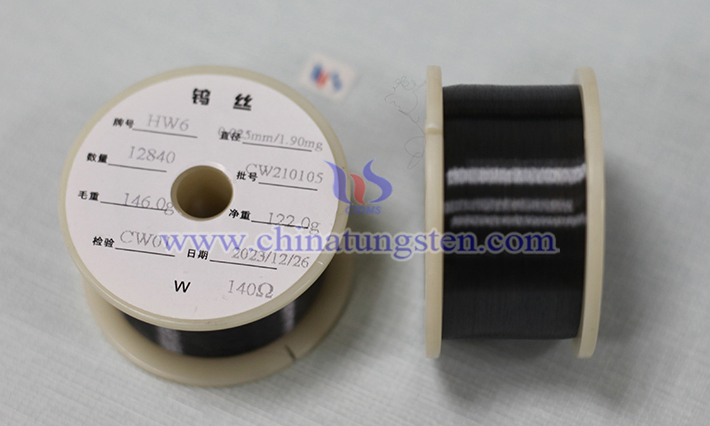
Tungsten wire has significant advantages as a material for glass heating, including but not limited to high melting point, thermal stability, electrothermal efficiency, mechanical strength and processing flexibility, so it is widely used in glass manufacturing, electron tube packaging and optical glass processing.
Characteristics of Tungsten Wire for Glass Heating
- Details
- Category: Tungsten Information
- Published on Friday, 20 June 2025 15:43
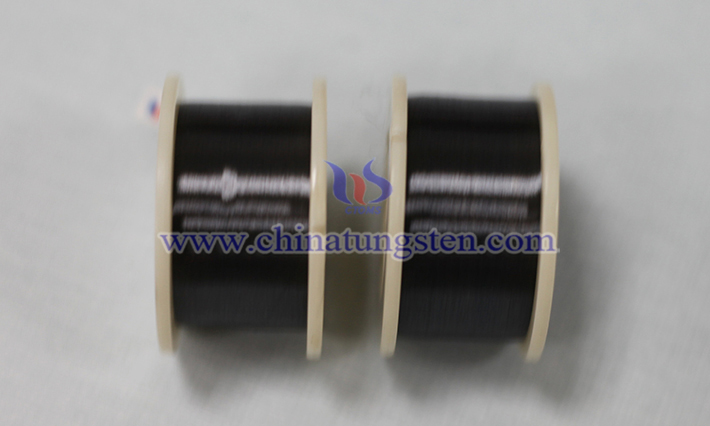
Tungsten wire is often used in glass heating processes (such as glass melting, forming or annealing) due to its unique physical and chemical properties. Its main characteristics are as follows:
What is Tungsten Wire for Glass Heating?
- Details
- Category: Tungsten Information
- Published on Friday, 20 June 2025 15:40
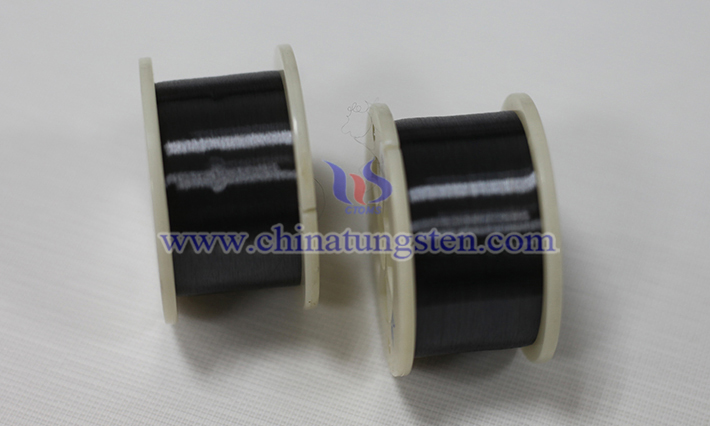
Tungsten wire for glass heating is a tungsten wire used for heating during glass processing or manufacturing. Tungsten has an extremely high melting point (about 3422°C) and good high temperature stability, and is an ideal heating element for high temperature environments. In the glass industry, tungsten wire is often used in precision equipment such as glass fiber drawing furnaces, glass tube production equipment or laboratory glass processing equipment.
Ditungsten Carbide
- Details
- Category: Tungsten Information
- Published on Tuesday, 17 June 2025 15:47
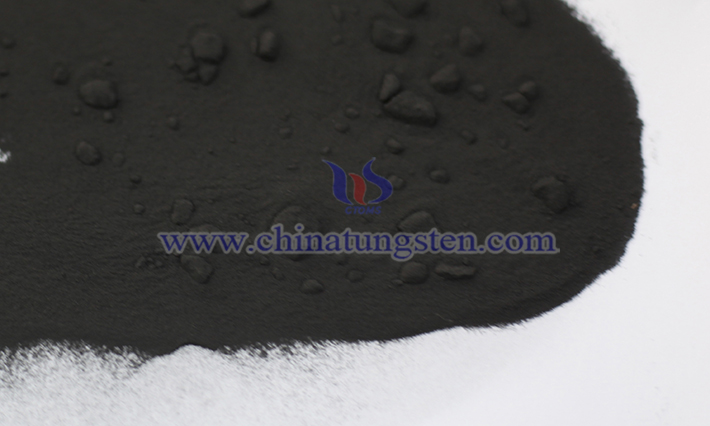
Like tungsten carbide powder (WC powder), ditungsten carbide is also a compound composed of the refractory metal tungsten and the non-metallic element carbon. Its English name is tungsten carbide, with the chemical formula W₂C, and it features a hexagonal close-packed (hcp) crystal structure. Due to slight differences in the crystal structures of WC powder and W₂C powder, their physical and chemical properties, as well as their applications, are also different. Note: The crystal structure of WC can be either a simple hexagonal lattice or a face-centered cubic lattice.
The Unsung Heroes of Aerospace: High-Density Tungsten Alloy Counterweight Blocks
- Details
- Category: Tungsten Information
- Published on Tuesday, 17 June 2025 11:32
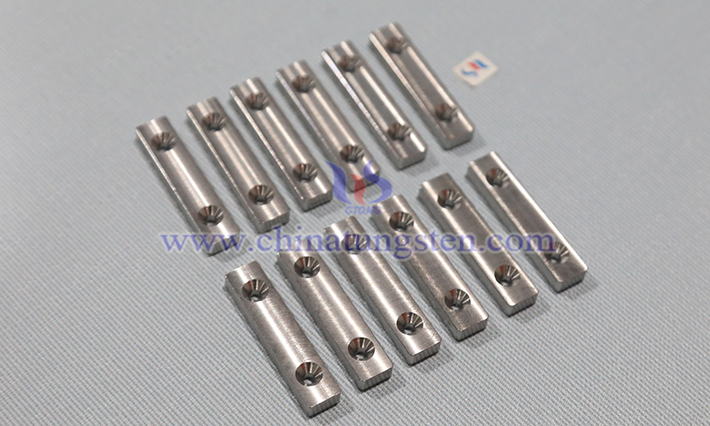
In the vast expanse of cosmic exploration and the graceful flight through blue skies, the aerospace industry demands materials with near-exacting performance standards. From the structural framework of aircraft to the intricate internal instruments, every component must exhibit high strength, low density, high-temperature resistance, and corrosion resistance to ensure safe and stable operation in extreme and hazardous environments. Among these critical materials, high-density tungsten alloy counterweight blocks stand out as unassuming yet indispensable heroes, playing an irreplaceable role in maintaining the balance and stability of flight vehicles.
Applications of High-Density Tungsten Alloy Counterweight Blocks in the Automotive Industry
- Details
- Category: Tungsten Information
- Published on Tuesday, 17 June 2025 11:27
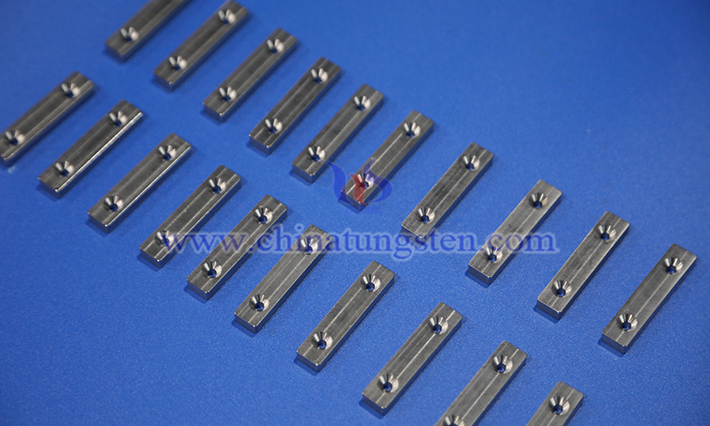
In the complex structure of an automobile, a seemingly minor yet critical component—the counterweight block—plays a vital role. Though small, it is closely linked to the vehicle’s stability and handling, serving as an unsung hero in ensuring driving safety and comfort.
Applications of High-Density Tungsten Alloy
- Details
- Category: Tungsten Information
- Published on Tuesday, 17 June 2025 11:21
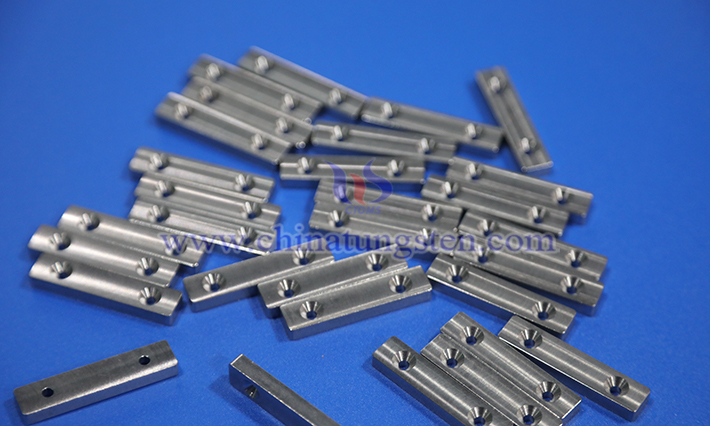
High-density tungsten alloy, primarily composed of tungsten (typically 85% to 99%) with added metals like nickel, iron, copper, or cobalt, is valued for its high density, strength, corrosion resistance, and wear resistance, making it essential across various fields.


 sales@chinatungsten.com
sales@chinatungsten.com